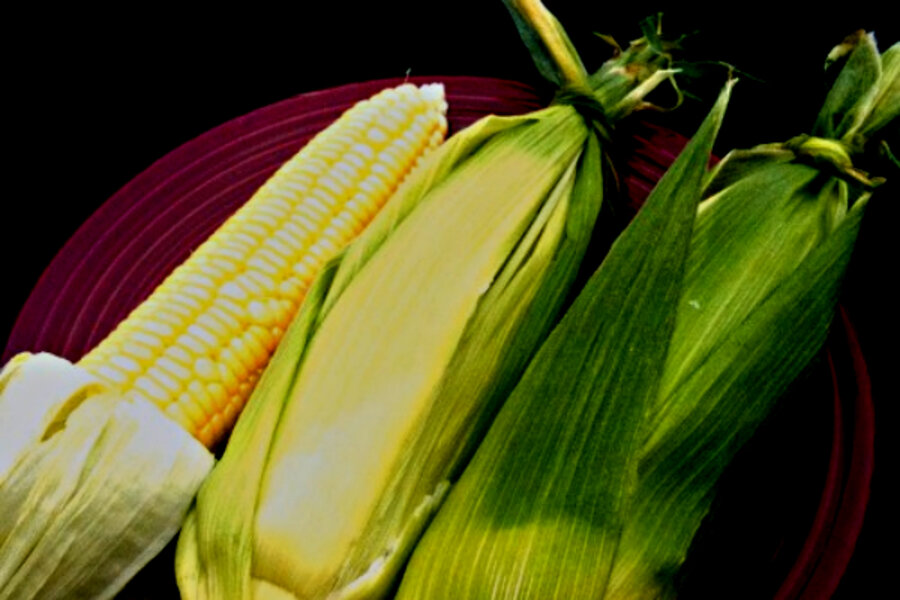How to make corn broth
Loading...
We wait for so many things in life, whether with dread or anticipation. We check our watches and flip through magazines waiting for our name to be called. We sit at a restaurant bar, dressed up and hopeful, and glance toward the door with fluttering heart each time it opens. Is that him?
And we wait for summer. That wait gets shorter every year it seems, as the seasons fly by in a blurry montage rather than creeping along as they did when I was younger.
Just like that, it is mid-summer and corn season again. Out of the gigantic cardboard box at the produce store, I selected six fat ears of corn. On Sunday, after a long lazy afternoon spent lolling on a picnic blanket in the park, we put them on the grill. Rather than cooking the ears straight on the grill in their husks as I normally would, I peeled back the husks, removed the silks, then tugged the husks back into place. I soaked them in water for about a half hour, then rolled them in foil before placing them on the grill in order to prevent the husks charring.
We ate two ears of corn with our dinner. I husked all the corn, cutting off the funky brown parts of the silk at the top, but otherwise saving the husks and silk. I cut the remaining four ears of corn off the cobs, and saved those cobs and all of the husks and silks in the refrigerator. The next evening, I made corn broth. The inspiration for this came from a wonderful cookbook I’ve been reading, "Serve Yourself: Nightly Adventures in Cooking for One" by Joe Yonan.
Although I make stock from poultry carcasses and vegetable trimmings, it had never occurred to me to make stock out of the leavings from fresh corn. This idea appealed on a few levels: I try to avoid food waste and am always on the lookout for new ways to use what would otherwise be discarded. I also look for opportunities to turn one meal into two or several.
And so there I was, boiling up some corn broth. This was really no harder than it would have been to dump those leftover bits straight into the compost bin. I admit I was a bit skeptical when I looked in the pot after an hour or so and saw mushy corn husks and water. But after cooking a little longer then straining, what had looked like water turned out to be a pale yellow broth – mild and sweet and tasting of summer corn.
How to Make Corn Broth
Save husks, silks, and cobs from 4-6 ears of corn. Discard any browned husks and silks. Cut cobs in half, and put everything into a large stock pot. Cover with water: approximately 8 cups. Bring to a boil, then reduce heat and simmer gently for about an hour and a half, or until broth is pale yellow and tastes like corn.
Remove from heat, let cool slightly, then strain through a colander into a large bowl. Press solids to remove as much broth as possible. Pour broth through a finer strainer to remove any last bits. You will have about 5-6 cups of broth, which can be refrigerated for a few days or frozen for a few months.
Related post on The Rowdy Chowgirl: Grilled Corn








